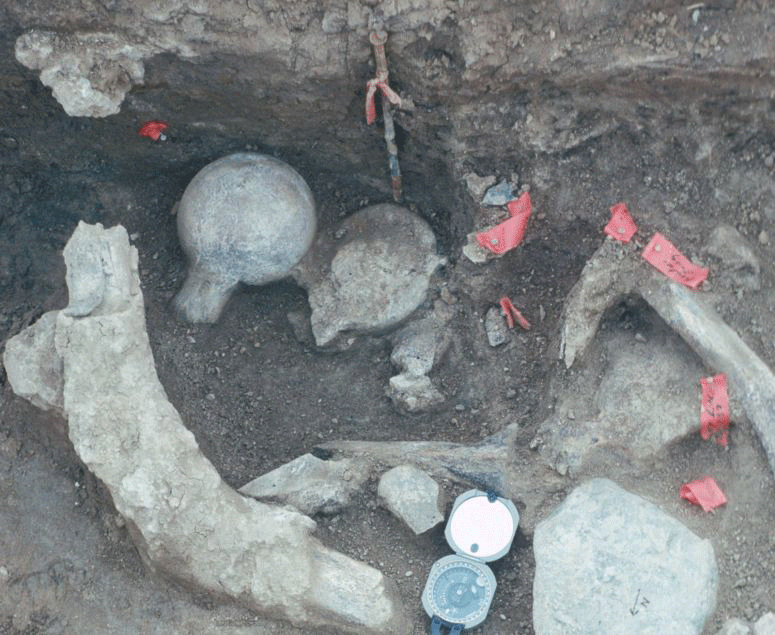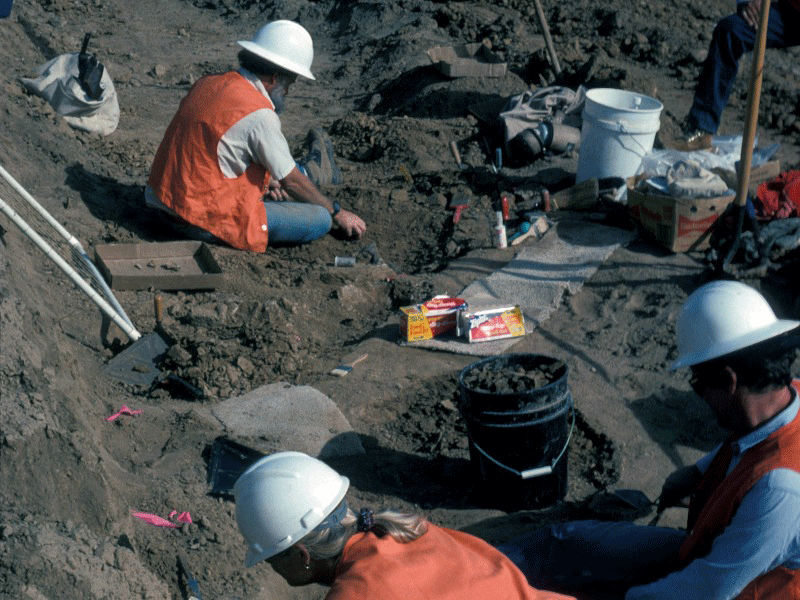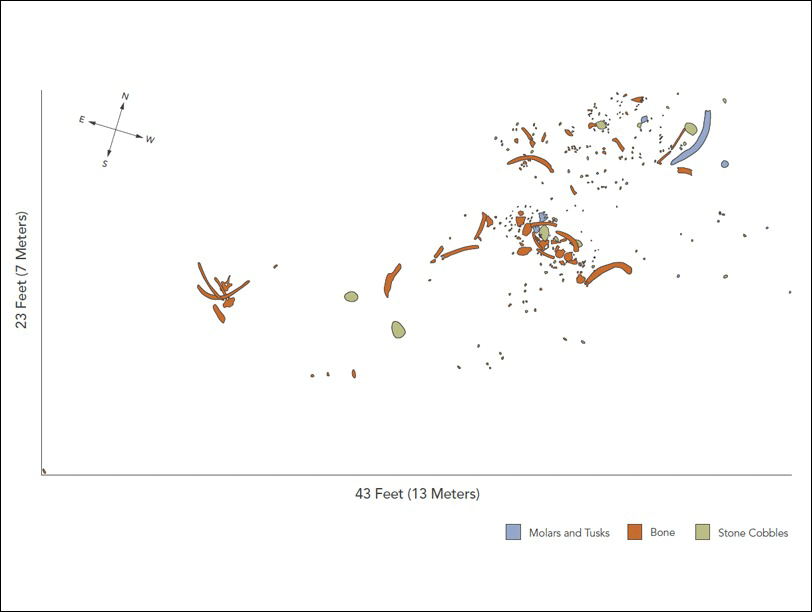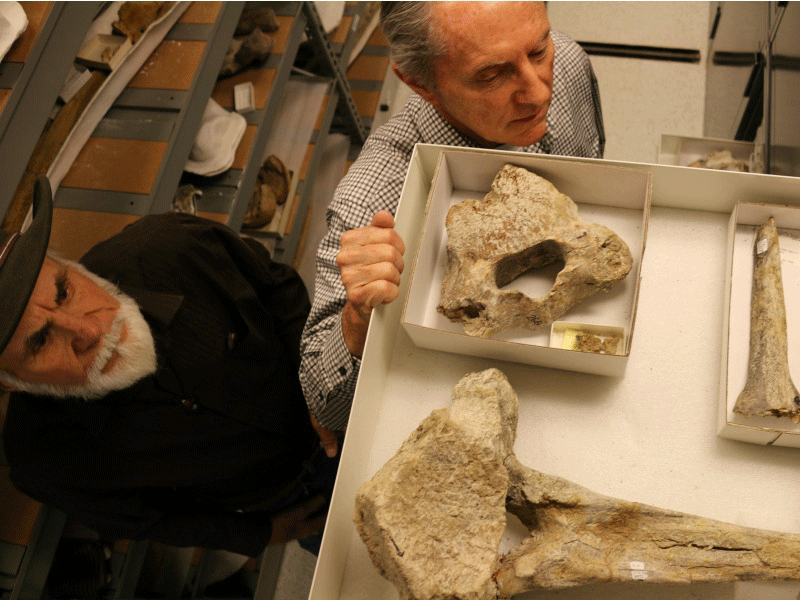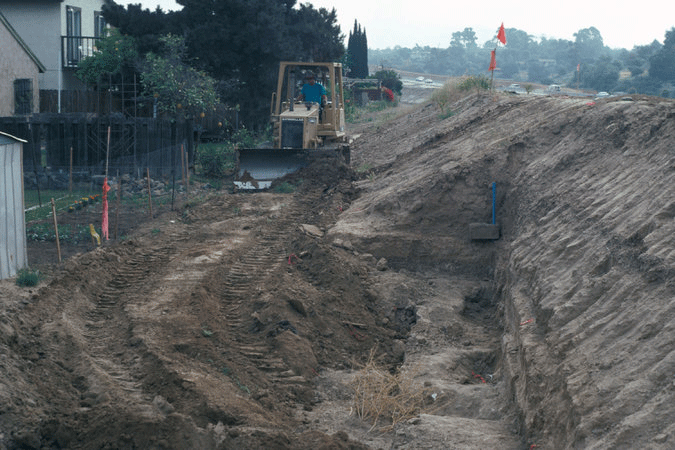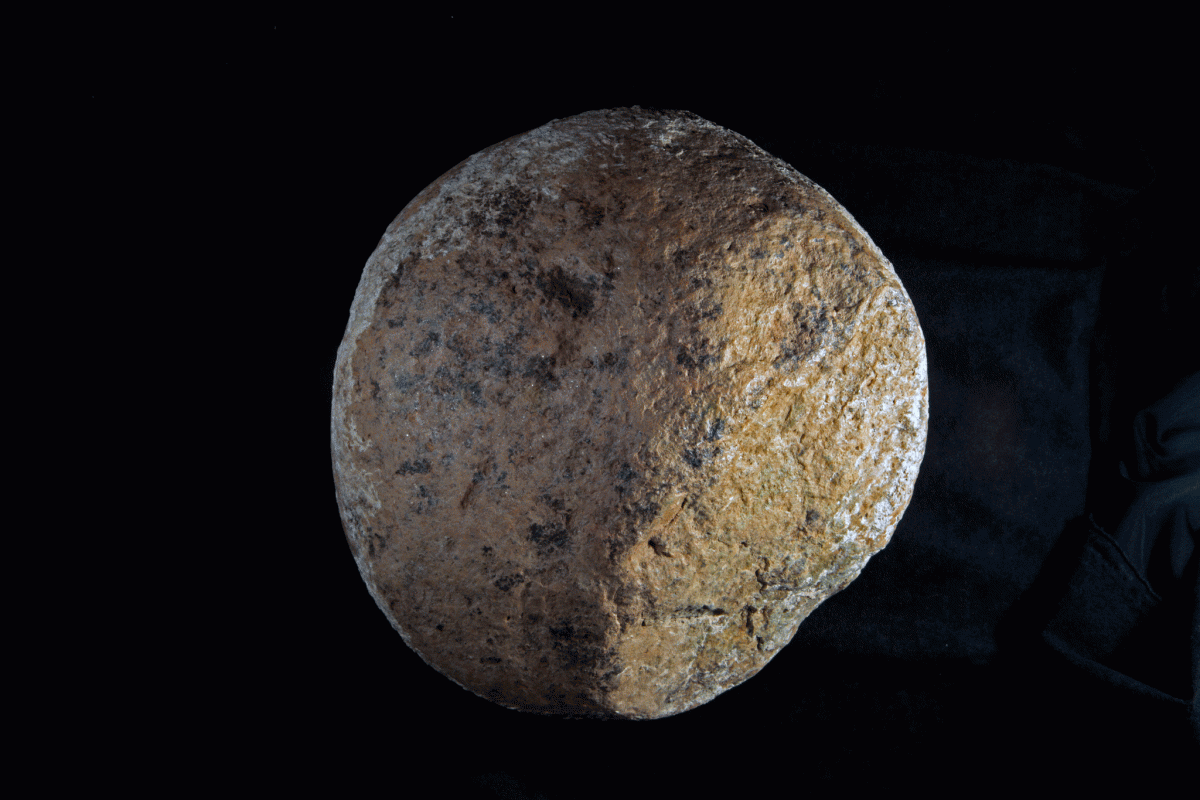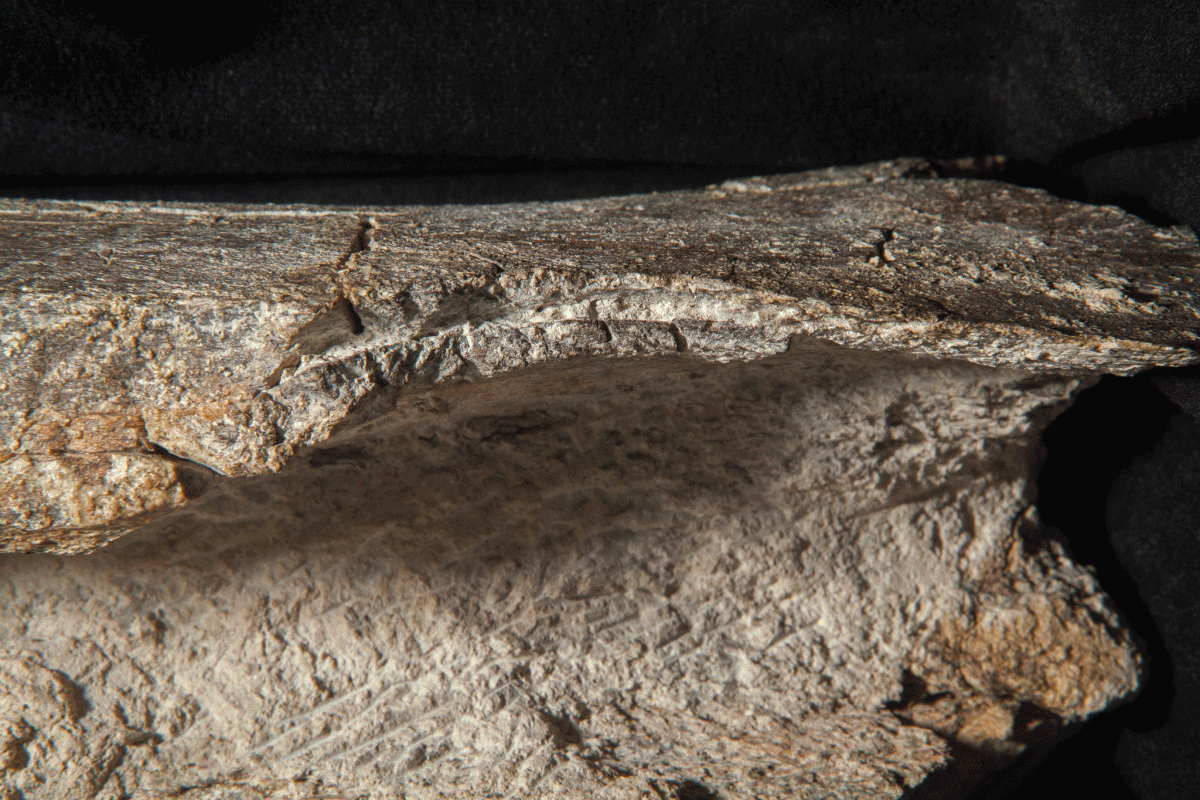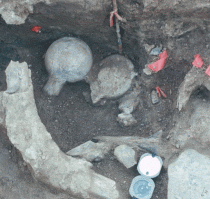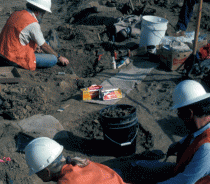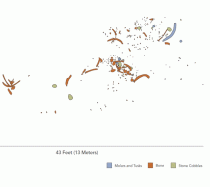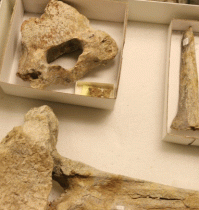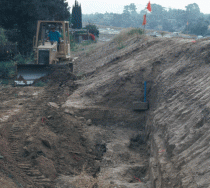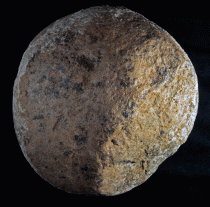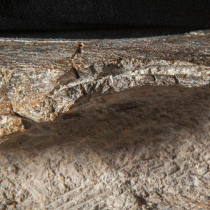Researchers claim that prehistoric humans occupied California about 130,000 years ago-100,000 years earlier until thought so far-on the grounds of evidence found at a site in North America. The site is located near San Diego, California, and was discovered in 1992 during works for a freeway expansion project. The findings from research from the Cerutti mastodon site were published on Wednesday.
Museums palaeontologists who were called to assess the construction site found bones and teeth of a mastodon, deeply buried alongside five large rounded stones that seemed to have been used as hammers and anvils. In particular, they found tusks and molars, broken with tools such as hammerstones, as is indicated by the way the bones were broken and analyses of microscopic incisions on their surface.
Advances in dating technology since the discovery of the site have provided scientists with more accurate dating of the bones. The bones are 130,000 years old and researchers were also able to establish the assumptions that the bones were still fresh when they were broken.
The report, which was published in the journal Nature, is groundbreaking, since until now the earliest widely accepted evidence of people in the continent is less than 15,000 years old. If the people who used the tools the report claims were the first settlers of North America, they might have been Neanderthals or perhaps another extinct human lineage.
Researchers tried to reproduce the markings using similar rocks to break fresh elephant bones in Tanzania; the bones broke at the same angles and the fragments were scattered onto the ground in a similar pattern as the ones found at the Cerutti mastodon site.
Researchers haven’t established why humans might have broken the bones, but one reason could be to get marrow out of them to eat, perhaps using fragments of the bones to fashion tools.
The hypothesis of the research means that perhaps it was not humans who expanded out of Africa about 50,000-80,000 years ago who first inhabited America but another species of humans, i.e. the ancestors of Neanderthals who were outside of Africa several hundred years ago.
The research has been met with scepticism by many archaeologists, who say that the evidence was not enough to support such a bold assumption.
The findings will be on display at the San Diego Natural History Museum until September
